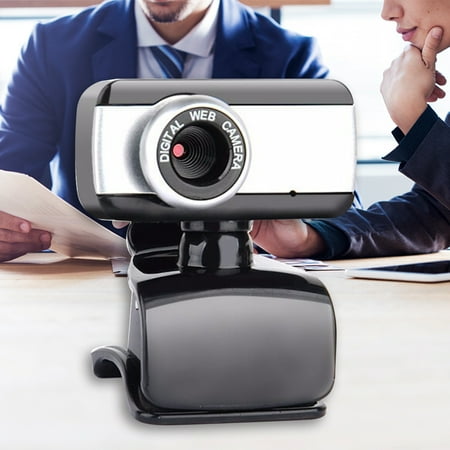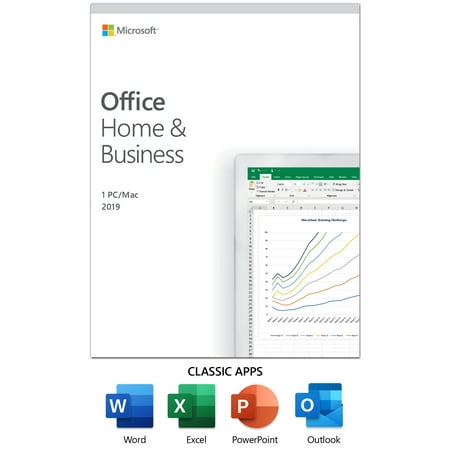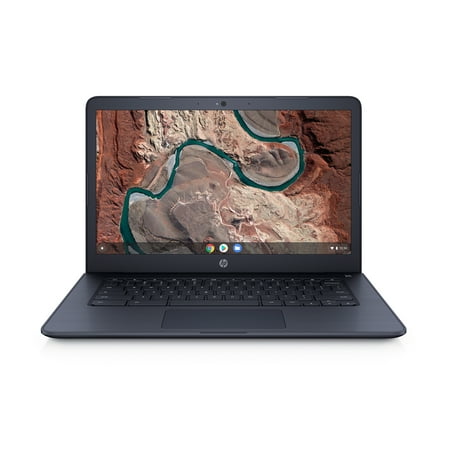480P Web Camera USB Laptop Webcam with Microphone Clip-On Web Cameras Webcams For Computer PC Desktop
Features:Adopting satisfactory optical glass lens, high precision and no distortionLeft & proper 360 tiers and up & down 60 tiers rotatable, you could freely alter the camera as required.Manual adjustable focal period, easy to adjust to fulfill your need.Built-in sound absorption microphone, your voice can be heard in reality in 10 meters.True plug & play USB web digicam, driving force-loose.Easily clip on a selection of computer/pc/PC/desktop etc.Specifications:Interface: USB 2.0DSP chip: DriverlessImage sensor: CMOSLens: high pleasant glass lensDynamic resolution: 640 x 480Static resolution: 2560 x 1920Frame rate: 30fpsColor: BlackMaterial: ABSCable Length: About 109cmPackage Size: 6.five*five.5*5cm / 2.6 * 2.2 * 2.0inPackage Weight: 100g / three.5ozPackage List:1 * Web Camera






Adopting exceptional optical glass lens, high precision and no distortionLeft & proper 360 stages and up & down 60 levels rotatable, you could freely alter the digicam as required.Manual adjustable focal period, clean to modify to fulfill your want.Built-in sound absorption microphone, your voice may be heard surely in 10 meters.True plug & play USB internet camera, driving force-unfastened.





Reviews
There are no reviews yet.